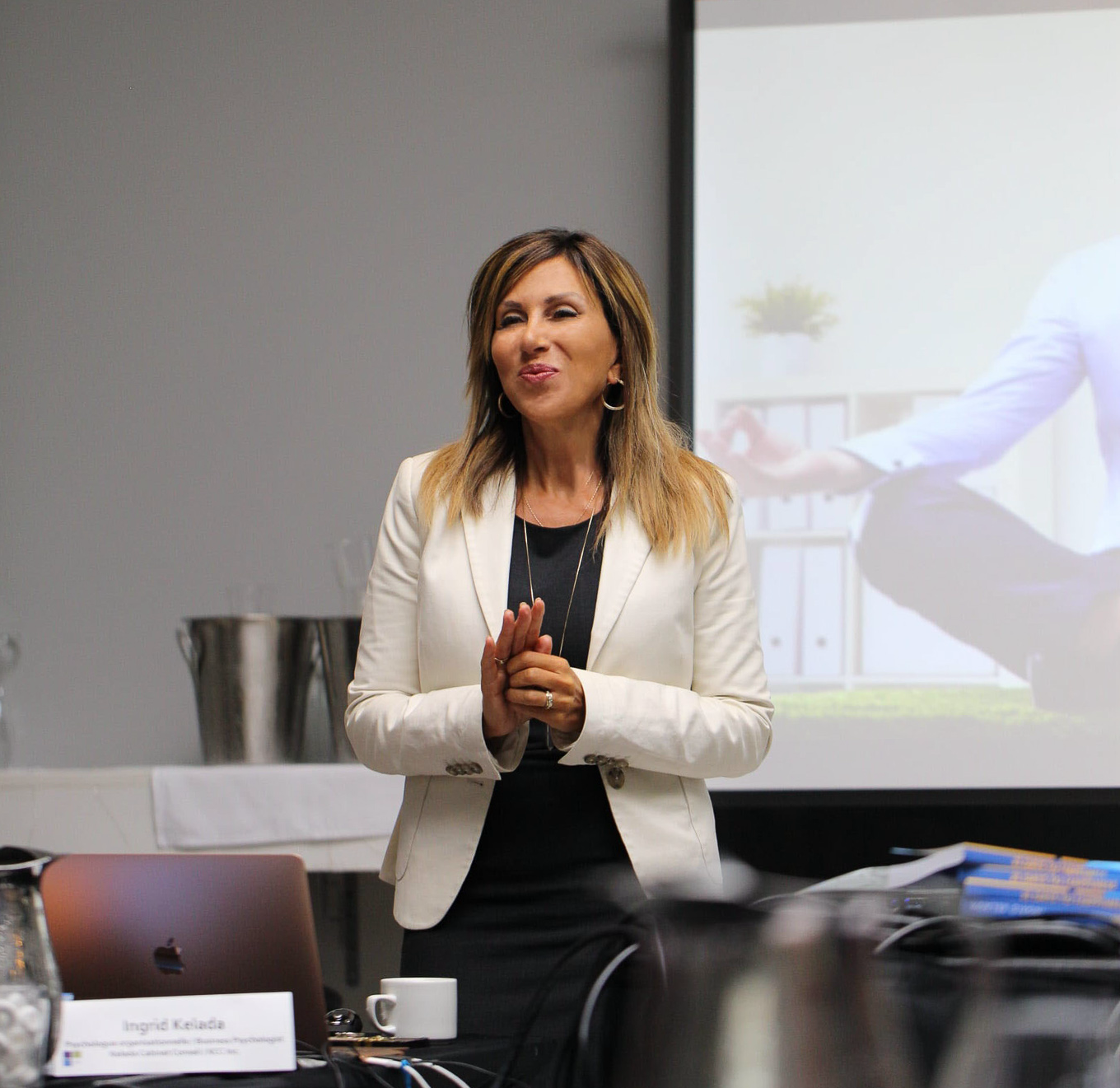5 Critical Keys to Collaboration
Now more than ever, succeeding at work involves teamwork. The great news is that the right team generates results that far exceed what its individual members could achieve. An ineffective team, however, can slow down the group’s processes and innovation. Full team engagement comes from knowing their “why” and using their unique talents to contribute to the common goal.
That’s why these 5 critical keys to collaboration are so important. These pillars of successful teamwork will help boost employees’ investment in the group and their confidence in their own work. They promote innovation and creative solutions that simplify workflow and improve performance. Read on to learn how these 5 keys to collaboration contribute to effective teams.
1. Time Management.
Collaboration doesn’t always require a lot of face time. Once the team establishes clear goals and tasks, each member needs focused time to work on their tasks. Make sure that the ratio of time spent as a group to time spent individually working best suits the needs of the group and doesn’t distract from getting the work accomplished. Can you guess the most common complaint that we hear when we give our time-management session? Too many meetings!
2. Communication.
Communication is a make-or-break component of any team project or collaboration. To boost successful communication, give some thought to how the team will communicate. How will members share issues or ask questions? Is this best done via chat? Emails? Holding questions until a set meeting time each day or week? Establish the preferred communication methods for each type of situation and evaluate whether this works for everyone after a few weeks.
3. Innovation.
In the best collaborative teams, the sum far exceeds the abilities of the parts. How does this happen? One key to successful collaboration is to encourage innovation through brainstorming, engaging new ideas, and supporting out-of-the-box thinking. Even ideas that are not themselves feasible solutions can be useful because they tend to trigger other, potentially more useful ideas. Ensure that the group remains a safe place to brainstorm new ideas.
4. Celebrate Team Successes.
As the team develops new ideas, builds useful tools, and adopts new processes, find ways to celebrate each of these successes. Call out team members whose ideas have solved problems or moved a project forward. Acknowledge those who went above and beyond to ensure that deadlines were met. Thank team members whose diligent work keeps the project on track. Celebrating these successes reminds the team of their power and effectiveness as a group and reminds each team member of their value to the group.
5. Collect Feedback.
Ask your team for feedback on what practices best support their collaborative efforts and what can be improved. Having a say in how the team operates will boost its efficiency by allowing adjustments that directly aid its members, but it also generates deeper investment in the team.
Build Your Own High-performing Team
Join us for a training session that will show you how to build your own high-performing team using these keys to collaboration. We’ll share with you how to leverage the communication styles and personality types of your team members to optimize your team’s synergy. Contact us today to learn more about our training and team-building sessions using the DISC personality questionnaire.





